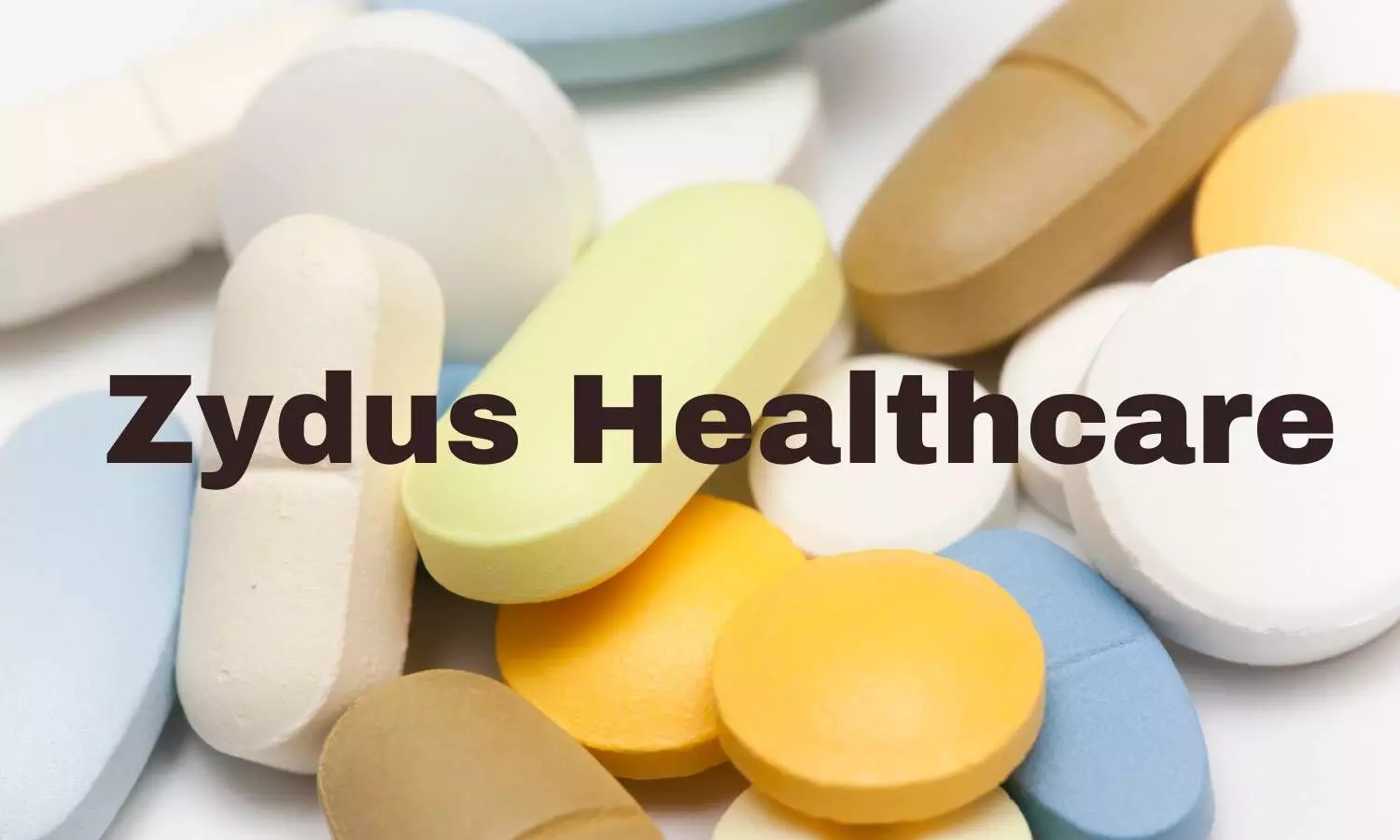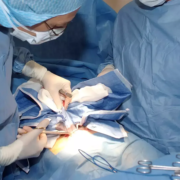Researchers have found in a phase 3 trial that phentolamine ophthalmic solution 0.75% led to significant improvements in mesopic low contrast distance visual acuity and patient-reported night driving ability within 15 days.
The treatment will be available by prescription only.
Opus Genetics, Inc. (Nasdaq: IRD), a clinical-stage biopharmaceutical company developing gene therapies for the treatment of inherited retinal diseases (IRDs) and small molecule therapies for other ophthalmic disorders, announced positive topline results from LYNX-2, a pivotal Phase 3 clinical trial evaluating Phentolamine Ophthalmic Solution 0.75% for the treatment of significant, chronic night driving impairment in keratorefractive patients with reduced mesopic vision.
Patients who undergo keratorefractive procedures such as Laser-Assisted In Situ Keratomileusis (LASIK), Photorefractive Keratectomy (PRK), Small-Incision Lenticule Extraction (SMILE) and Radial Keratotomy (RK), often experience vision disturbances including glare, halos and starbursts, due to increased optical aberrations and light scatter under low-light (mesopic), low-contrast conditions.
These disturbances can significantly impair night driving and daily functioning in dim environments. Phentolamine Ophthalmic Solution 0.75% is designed to reduce pupil diameter through a sympatholytic mechanism of action that avoids engaging the ciliary muscle, potentially reducing risks such as retinal tears or detachment associated with older parasympathomimetic agents.
The LYNX-2 study met its primary endpoint of a gain of three lines (or 15 letters) or more of distance vision improvement on a low contrast chart in low light conditions after 15 days of dosing. In the study, 17.3% of patients treated with Phentolamine Ophthalmic Solution 0.75% achieved a ≥15-letter Early Treatment Diabetic Retinopathy Study (ETDRS) (≥ 3-line) improvement in Mesopic Low Contrast Distance Visual Acuity (mLCVA) at Day 15, compared to 9.2% in the placebo group (p<0.05).
“In LYNX-2, Phentolamine Ophthalmic Solution 0.75% delivered a statistically significant primary endpoint. In addition, patient-reported outcome results demonstrated improvements in night-driving vision, enabling patients to function more effectively in low-light, low-contrast conditions,” said George Magrath, MD, CEO, Opus Genetics. “This data builds on earlier results from the LYNX-1 trial and provides evidence of efficacy for this condition, which currently has no FDA-approved therapies. We believe this therapy could address a true unmet need and could offer meaningful benefits to keratorefractive patients experiencing glare, halos, and reduced functional vision in low-light, low-contrast environments.”
“The positive results from the LYNX-2 trial reinforce the potential of Phentolamine Ophthalmic Solution 0.75% as a first-in-class treatment for keratorefractive patients with vison disturbances under low-light conditions,” said Jay Pepose, MD, PhD, Chief Medical Advisor, Opus Genetics. “After just 15 days of treatment, 17% of patients with dysphotopsia following keratorefractive surgery achieved at least 15-letter gain in mesopic low contrast distance vision. Importantly, we also saw functional improvements in difficulty of seeing the road because of oncoming headlights; and difficulty seeing due to glare when driving at dawn or dusk, as reported by patients in the trial.”
LYNX-2 Phase 3 Study
LYNX-2 was a randomized, double-masked, placebo-controlled Phase 3 trial evaluating the safety and efficacy of Phentolamine Ophthalmic Solution 0.75% in 199 patients who had previously undergone keratorefractive surgery and reported decreased visual acuity under mesopic low contrast conditions, and who were randomized to receive either Phentolamine or placebo, self-administered in both eyes, nightly, treated and observed over 6 weeks. The mITT Population includes all randomized patients who received at least one dose of study medication and was used for the primary endpoint analysis and to analyze efficacy endpoints. The trial was conducted under a Special Protocol Assessment (SPA) agreement with the U.S. FDA.
Top-Line Results:
The primary endpoint was defined as the percentage of patients achieving a ≥15-letter ETDRS (≥3-line) improvement in mesopic low contrast distance visual acuity (mLCVA).
17.3% of patients in the Phentolamine arm achieved ≥15-letter ETDRS (≥3-line) gain in mLCVA at Day 15, compared to 9.2% of those receiving placebo (p<0.05).
Patient-reported benefit was observed at Day 15 in difficulty of seeing the road because of oncoming headlights and difficulty seeing due to glare when driving at dawn or dusk, in patients taking Phentolamine Ophthalmic Solution 0.75% compared to placebo (p<0.05) when assessed by the validated Vision and Night Driving Questionnaire (VND-Q).
As per the pre-specified testing, no evidence of tachyphylaxis out to Week 6 of dosing.1
Phentolamine Ophthalmic Solution 0.75% demonstrated a safety profile consistent with previous trials, with no new safety signal identified.
LYNX-2 patients will continue to be monitored for long-term safety over 48 weeks. Additional details on the study design can be found at ClinicalTrials.gov (NCT06349759).
Opus Genetics and Viatris (through its affiliate) are parties to a global licensing agreement which provides for the development of Phentolamine Ophthalmic Solution 0.75% and grants exclusive rights to Viatris to commercialize Phentolamine Ophthalmic Solution 0.75% in the U.S.
1 The study is also designed to examine tachyphylaxis of the therapeutic response to Phentolamine Ophthalmic Solution 0.75% for mLCVA. This was to be achieved by comparing change from Baseline at Week 6 in the Phentolamine Ophthalmic Solution 0.75% group to the best change from baseline achieved during the first month of treatment for mLCVA.




















